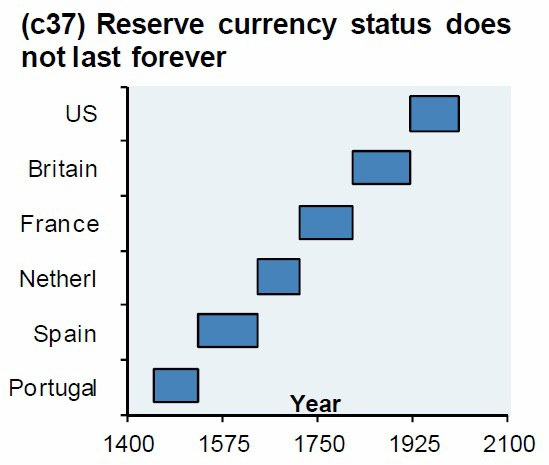Regarding max supply, I think that not only needs to be kept, but shouldn’t change. A good portion of a cryptocurrency’s value proposition is the constant supply technically ensuring scarcity at some point. Sure decentralized payments and such are great, but scarcity is an important aspect of crypto and is even more important in today’s market which is led by speculators.
I don’t agree with your assessment here. It all depends on the horizon investors (or speculators) considered when investing. I doubt anyone invested with more than 25 years of foresight (and if you did you probably included the possibility of total failure in your calculations).
So as long as the change is strictly better for every investor in the next 25 years, there really is no issue. With current supply curve, in 25 years, supply will be already more than 20B. The fastest emission suggested by @Rob above (300M per year) will only result in ~13B in 25 years. So even though it’s no longer constant supply it’s better for all investors for the next 45 years.




